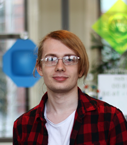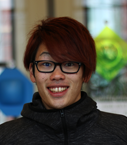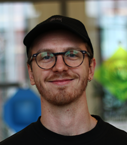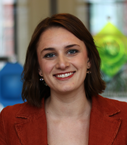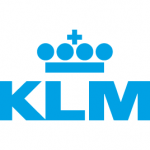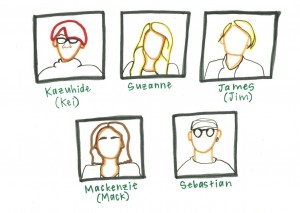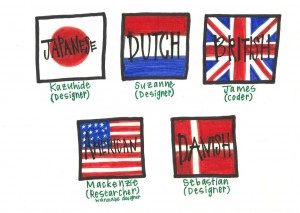We are all Creators.
Blog Focus: This blog will follow one interdisciplinary team’s creative processes, creations, and methods over a five month period. This will be done in two ways: (1) project updates and (2) team member interviews. For more details on what this means and when posts will be made, please see below.
(1) Project Updates: Updates about project statuses and processes will be posted here as routinely as possible. These will include perspectives, methods, designs, research, and photos of the team at each stage of development: brainstorming, organizing, rapid prototyping, tinkering, testing, presenting, and more.
(2) Team Member Interviews: The sketches, featured in this post, depict all of the group members, their team positions, and countries of origin. In order to get to know each diverse member of the team, one person will be featured on the blog every two weeks. These features will include at least one (real) photo, an interview, and some fun facts & perspectives of the team member.
The first feature will provide insight into one of the team designers: Suzanne. So, tune in next week to learn more!
Blog Goal: The goal of this blog is to include you; readers, creators, writers, coders, designers, researchers, artists, and what-have-you, in the team’s transformative journey. The team strongly believes that design and creativity are most effective when they are shared and by sharing their works, they hope to inspire other creators to do the same.
Research and Design Methodologies: The central method that this team will use is based on SCRUM. Put breifly, SCRUM is framework for organizing and communicating team projects. It is an iterative and incremental process for the design and development of products and services, and it has a very specific way of organizing a team. Tasks are achieved faster and with higher quality when SCRUM is implemented (especially in comparison to the waterfall model). SCRUM promotes self-motivation in team projects. This is due to the flexibilities that SCRUM allows all team members, who are able to make decisions about how tasks will be executed. Through SCRUM, project goals (or demands) are prioritized iteratively and realized quickly. This strategy eliminates creator and company fear of failure and promotes trial and failure over ‘playing it safe.’
The flow of the design process is embedded in a sprint-based schedule. This schedule is supported by SCRUM roles, rituals, sessions and artifacts.
Throughout the process, the team will implement a variation of SCRUM, which has been adapted to include a ‘translation’ stage, a team perspective, and other always-evolving elements. At MediaLAB Amsterdam, this framework has been renamed: “SCREAM!“.
The research methods of this project will be determined and implemented using the MediaLAB Design Method Toolkit.
Team Project: The team is working with KLM to develop a concept of “The Winning Way of Working.” In order to do so, the team will co-create prototypes and services to promote a work environment where all KLM employees experience fulfilling, meaningful, and purposeful work on a daily basis.
The team will build onto previous projects, such as: Moving your World, KLM’s digital transformation, and its real estate vision. KLM aims to do more with less and the team is motivated to combine these key elements in each design stage, prototype development, research, and ideation.
Each group member will bring his/her own passions and interests into the project and process, in order to to develop a tangible solution and concept of “The Winning Way of Working”. Listed below, you can find a brief summary of each of the team members’ interests. The lists include passions and research interests that each group member believes to be relatable to the project.
- Jim: gaming, the Internet of things, electronics design, privacy & security, and Ruby & Python (coding)
- Suzanne: The psychology of feeling happy and valuable, smart buildings, new technologies, and ‘Het Nieuwe Werken’
- Seb: future foods, gaming (Virtual Reality), new ways to digitally socialize, off-grid living, and the social impact of music
- Kei: gaming (Augmented Reality), (digital) live performance technology, and hologram concert technology
- Mack: location-based mobile gaming, Augmented Reality, personalization technology/smart technology, socialization, emotions, and art
To Conclude: Thank you for reading along, the team appreciates your interest and hopes to see your work somewhere public soon! Come by next week for some interesting features on Suzanne (designer), the group process and prototypes that have been created so far, team perspectives on those creations, the methods used and more!



